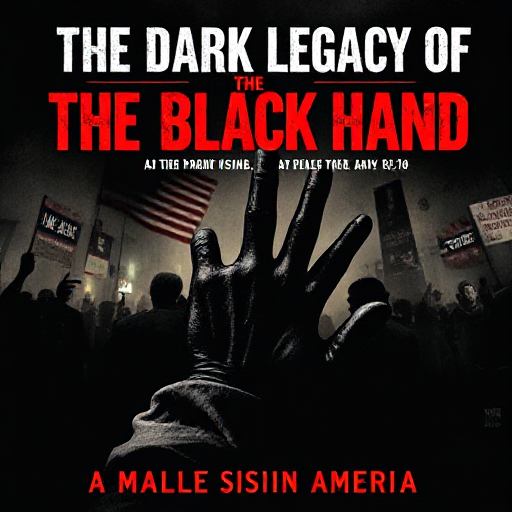In the early 20th century, a wave of organized crime swept through the United States, with one of the most notorious groups being the Black Hand. This secret society, rooted in Italian immigrant communities, operated through intimidation and extortion, leaving a lasting mark on the landscape of American organized crime. This story delves into the origins of the Black Hand, its rise to power, its impact on communities, and the law enforcement efforts that ultimately sought to dismantle its operations.
The Origins of the Black Hand
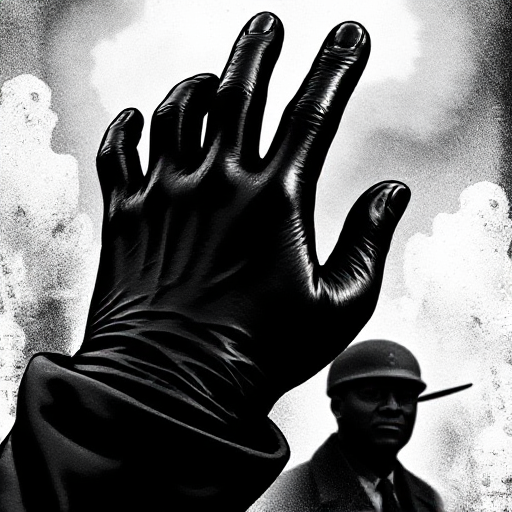
Historical Context
The Black Hand emerged in the late 19th century during a time of significant immigration to the United States. Many Italians fled poverty and political turmoil in their homeland, seeking better opportunities in America. However, upon arrival, they often faced discrimination, language barriers, and economic hardship. In this environment, some individuals turned to crime as a means of survival, leading to the formation of the Black Hand.
The Symbolism of the Black Hand
The name “Black Hand” refers to the ominous symbol often associated with the group—a black handprint or a hand drawn in ink. This symbol was used to threaten victims, conveying a message that failure to comply with demands would result in dire consequences. The Black Hand’s tactics included sending letters adorned with the symbol, demanding payments for “protection” or threatening violence against individuals and their families. This psychological warfare instilled fear in the hearts of many, further solidifying the group’s control.
Rise to Power
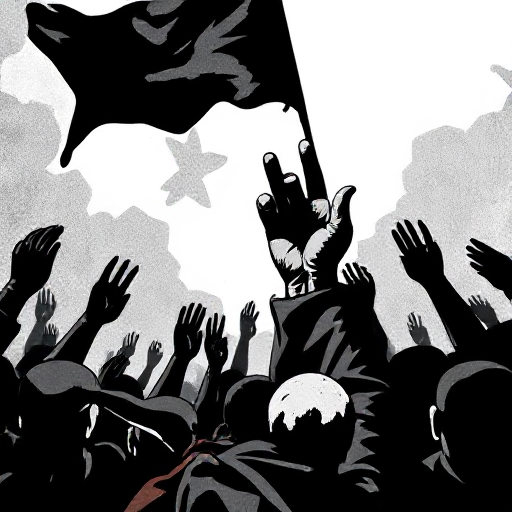
The Structure of the Black Hand
While the Black Hand was not a formal organization, it operated through a network of loosely connected criminals. Members often had ties to local Italian communities, allowing them to exploit cultural connections and instill fear among their peers. The group relied on a system of loyalty and silence, where betrayal was met with severe repercussions. This culture of fear facilitated the Black Hand’s growth and influence.
Key Figures in the Black Hand
Several notorious figures emerged within the Black Hand, each contributing to the group’s reputation for violence and fear. One prominent figure was Giuseppe “Joe” Morello, who became a powerful leader in the New York City underworld. Morello’s criminal empire thrived on extortion, and he established connections with other Italian crime families, solidifying the Black Hand’s influence.
Another significant figure was Salvatore Maranzano, who played a crucial role in the evolution of organized crime in America. Maranzano’s vision of a more structured crime syndicate laid the groundwork for what would later become La Cosa Nostra. His leadership style and strategic alliances helped the Black Hand expand its operations and increase its reach.
The Impact on Communities
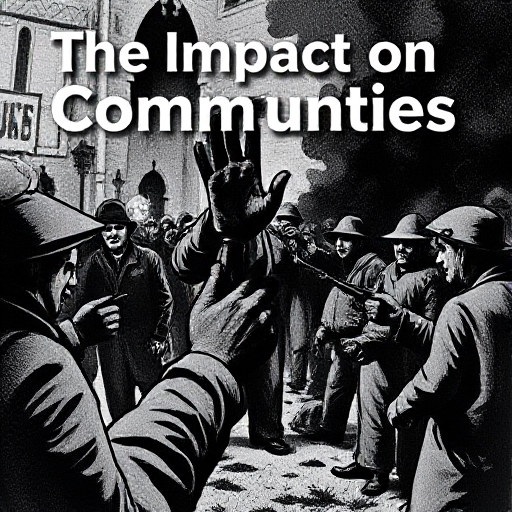
The Fear Factor
The Black Hand’s reign of terror had a profound impact on Italian-American communities. Many immigrants felt trapped, forced to comply with the demands of the Black Hand to protect themselves and their families. While some viewed the group as protectors in a hostile environment, others recognized the destructive nature of their operations. The fear instilled by the Black Hand was palpable. Victims often remained silent, unwilling to report crimes to law enforcement for fear of retribution. The group’s ability to operate in the shadows made it challenging for authorities to intervene, allowing their influence to grow unchecked.
Community Dynamics
The Black Hand’s presence also altered community dynamics. Some individuals sought to align themselves with the group, believing that association would provide them with protection and status. Others, however, resisted the Black Hand’s influence, leading to internal conflicts within immigrant communities. This tension often resulted in violence, as those who opposed the Black Hand faced brutal consequences.
Law Enforcement Crackdown
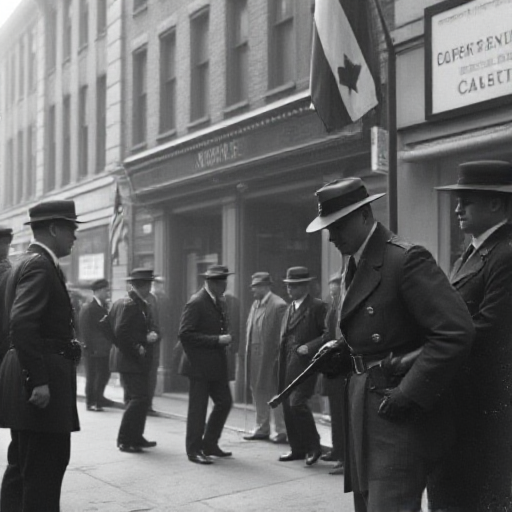
The Role of the Italian Anti-Crime Squad
As the Black Hand’s activities escalated, law enforcement agencies began to take notice. The early 1900s saw a concerted effort to combat organized crime, with officers working to gather intelligence and build cases against the group. In response to the growing threat of the Black Hand, New York City established the Italian Anti-Crime Squad in 1909. This specialized unit aimed to infiltrate Italian criminal organizations and gather evidence to prosecute key figures. Detectives worked undercover, building relationships within the community to gain trust and information.
The Challenges of Prosecution
Despite their efforts, law enforcement faced significant challenges in prosecuting members of the Black Hand. The culture of silence and fear within the Italian-American community made it difficult to obtain reliable testimonies. Many victims were reluctant to come forward, fearing retaliation from the Black Hand. Additionally, corruption within law enforcement further complicated efforts to dismantle the group, as some officers were bribed or intimidated into silence.
The Downfall of the Black Hand
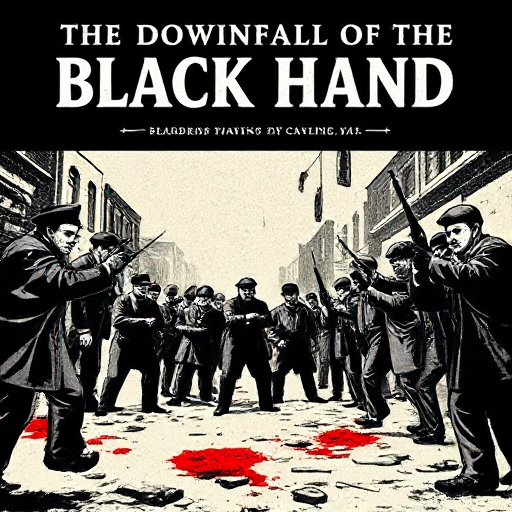
The Murder of a Key Figure
A pivotal moment in the Black Hand’s downfall occurred in 1910 when the murder of a prominent member shocked the community. The killing sparked outrage, prompting law enforcement to intensify their efforts. The subsequent investigation revealed the extent of the Black Hand’s operations, leading to numerous arrests and convictions. This murder served as a wake-up call for both the community and law enforcement, highlighting the urgent need to address the violence and fear perpetuated by the Black Hand.
The Shift to La Cosa Nostra
As law enforcement cracked down on the Black Hand, many of its members transitioned to more organized crime structures, ultimately contributing to the formation of La Cosa Nostra. This new organization adopted a more formal hierarchy and established a code of silence, known as “omertà,” which would become a defining characteristic of the Mafia. The shift allowed former Black Hand members to continue their criminal enterprises under a more structured and protective framework.
Legacy of the Black Hand

The Cultural Impact
The Black Hand’s legacy is one of fear and intimidation, but it also represents the struggles of Italian immigrants in America. While the group operated through criminal means, it emerged from a context of marginalization and hardship. The Black Hand’s actions highlighted the vulnerabilities of immigrant communities and the lengths to which individuals would go to protect their families and livelihoods.
Cultural Representation
The Black Hand’s influence has been depicted in various forms of media, from films to literature. Their story serves as a reminder of the complexities of immigrant experiences and the ways in which organized crime can take root in vulnerable communities. Movies like “The Godfather” and “Once Upon a Time in America” reflect the cultural narratives surrounding organized crime, often romanticizing or dramatizing the lives of those involved.
Conclusion
The story of the Black Hand is a compelling chapter in the history of American organized crime. From its origins in immigrant communities to its eventual decline, the Black Hand’s impact on society and law enforcement efforts is a testament to the enduring struggle against organized crime. As the legacy of the Black Hand faded, it paved the way for the rise of more formalized crime syndicates, forever changing the landscape of criminal activity in the United States. The legacy of the Black Hand serves as a reminder of the complexities of crime, community, and the pursuit of power in the face of adversity.


